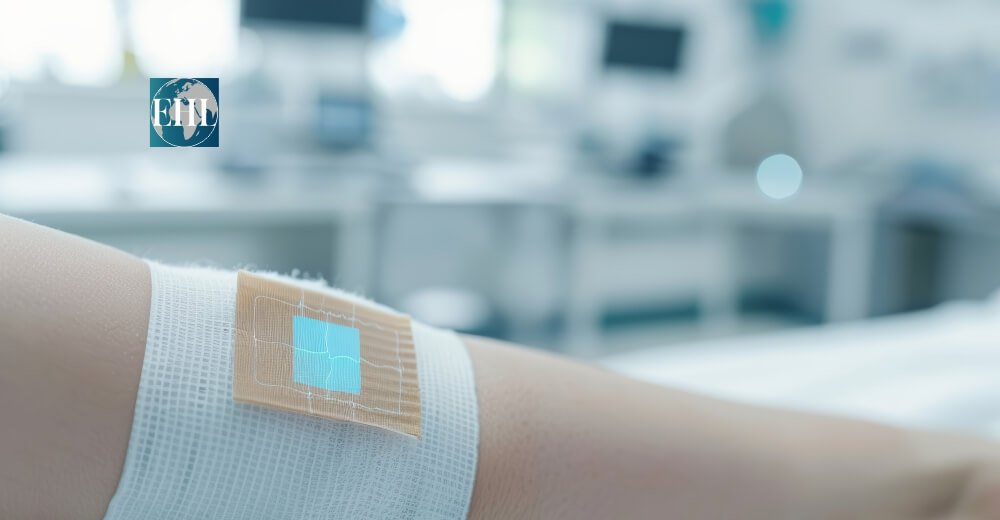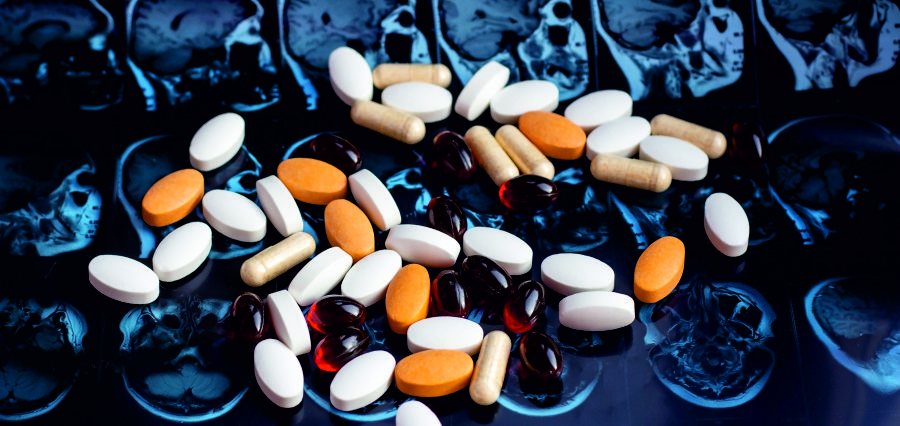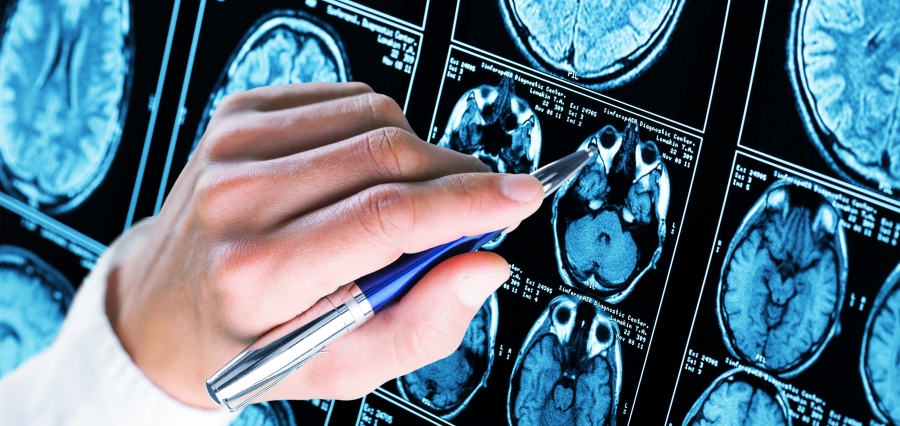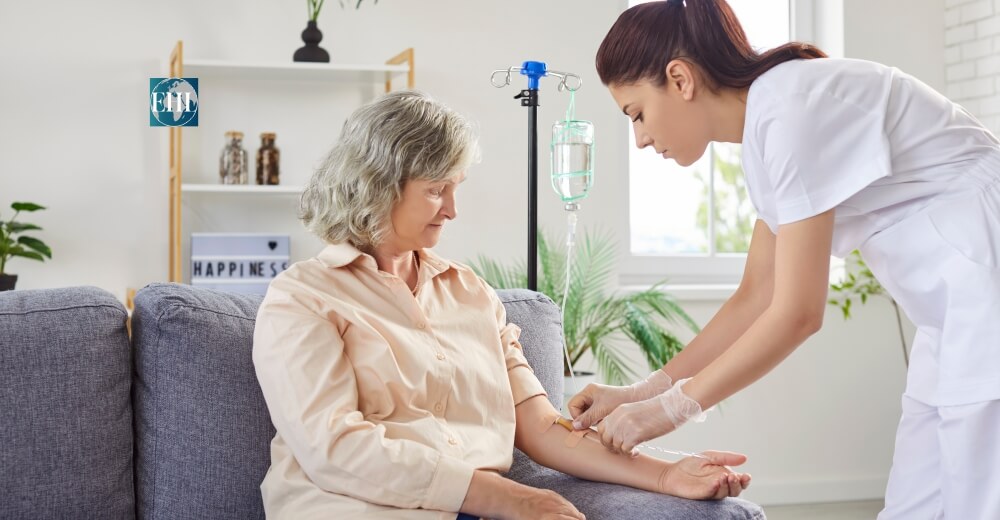Enhancing Patient Comfort and Recovery
Effective wound care encompasses healing of physical damage but also takes into consideration comfort from the onset of the process to the end. Pain is a common complication of wounds, whether chronic or surgical. This can greatly affect healing outcomes, mobility, and quality of life.
This is why pain management should be part of wound care in optimizing the recovery of patients, reducing stress, and preventing complications such as delay in healing or infection.
The Link Between Pain and Healing
Pain and wound healing have a close relationship. Researchers suggest that unrelieved pain can delay the healing process since it increases stress, inflammation responses, and poor sleep and mobility that all contribute to the repair of tissues. Uncontrolled pain can become a cycle of chronic pain because uncontrolled pain leads to delayed healing, causing more pain. Hence, reducing their pain not only serves to further improve the comfort of the patient but also actually enhances the recovery process of the patient.
Multimodal Pain Management Strategies
Now, the model of multiple interventions applied concurrently is considered the gold standard for pain management. It is a multimodal treatment strategy that provides pharmacological interventions such as analgesics or topical anesthetics in support of nonpharmacological methods like CBT, distractions, and physical therapy.
- Topical Anesthetics: Topical anesthetics are greatly useful in wound care when local anesthetic application can help to decrease systemic side effects. This is commonly achieved with lidocaine or benzocaine creams applied over the site in anticipation of dressing changes to reduce the pain.
- Medications: Oral drugs can include nonsteroidal anti-inflammatory drugs or opioids. These range from mild pain to more severe types. In the case of severe pain, one could use opioids; however, these must be used with caution since they lead to dependency.
- Nonpharmacological Interventions: Patients can be taught relaxation techniques, guided imagery, and approaches based on mindfulness to control pain due to a reduction in anxiety and stress levels contributing to the experience of pain. Other therapies include the application of heat, massage, or TENS to reduce the discomfort of a wound.
Pain During Wound Dressing Changes
One of the major sources of pain for wound patients is the dressing change. However, if it is an ulcer or postoperative surgical wound, then certainly one of the most common. Thus, minimizing pain during dressing changes will contribute to the overall improvement in patient experience and augment healing process.
Advanced wound dressings, including hydrocolloids, hydrogels, or foam dressings, are designed to be less invasive and more painless for the patient at the time of change. They absorb exudate while keeping the wound moist, promoting healing and minimizing pain.
In addition, silicone-based adhesives or atraumatic dressings prevent tissue damage and reduce the pain associated with removing traditional adhesive dressings. Topical analgesics applied before dressing change can also minimize pain, hence smoothen up the process for comfort.
Psychological and Emotional Support
Pain management in wound care cannot be limited solely to the physical; it also extends beyond purely physical factors, where considerations include anxiety, depression, and fear of pain, all of which affect how patients perceive their wounds and consequently would handle them. Inclusive mental health support and counseling services within wound care enable patients to manage the emotional impacts resulting from chronic pain and recovery.
Other techniques such as CBT and biofeedback should be used because they help to intervene in thought processes related to pain and find alternative coping mechanisms. Patient education on the nitty-gritty of pain and wound care will minimize anxiety levels with a sense of control in patient healing.
Role of Healthcare Providers in Pain Management
It is in the interest of the health provider to screen, monitor, and manage pain associated with a wound. Detailed assessment of pain type, duration, and intensity guides a clinician to be focused on a treatment that is most pertinent to the direct needs of an individual patient. Monitoring pain continually provides basis for changing interventions depending on the wound healing pattern observed and also on the patient response to interventions.
The healthcare teams have to engage the patients in decision making as they discuss a variety of options on pain control and the pros and cons for such an approach. In such a way, the patients are empowered and provided with relevant care according to their physical and emotional conditions.
Technology and Future Trends in Pain Management
Advances in new technologies of wound care further increase patient comfort. Advances in smart wound dressings can now be set up to monitor the conditions of wounds, such as infection and inflammation, in real time to avoid dressing changes that may cause pain for the patient. Potentials for innovations in laser therapy and low-level light therapy suggest great applications in facilitating wound healing and concurrently reducing the pain level.
Future technologies will continue to advance with better precision and personalization in pain management treatments, thus bringing about efficient yet less painful wound care for patients.
A Holistic Approach to Wound Care
The integration of pain management into wound care provides a critical step in the enhancement of patient outcome. A holistic approach, including physical, psychological, and technological interventive measures, may be applied to enhance patients’ comfort and promote healing at an accelerated pace. Pain relief serves not only to enhance the patient’s quality of life but accelerates healing at the wound site, enhancing long-term results with fewer complications. Advancing technology and best practices offer tremendous promise in optimizing both patient comfort and clinical outcomes for pain management into the future of wound care.









